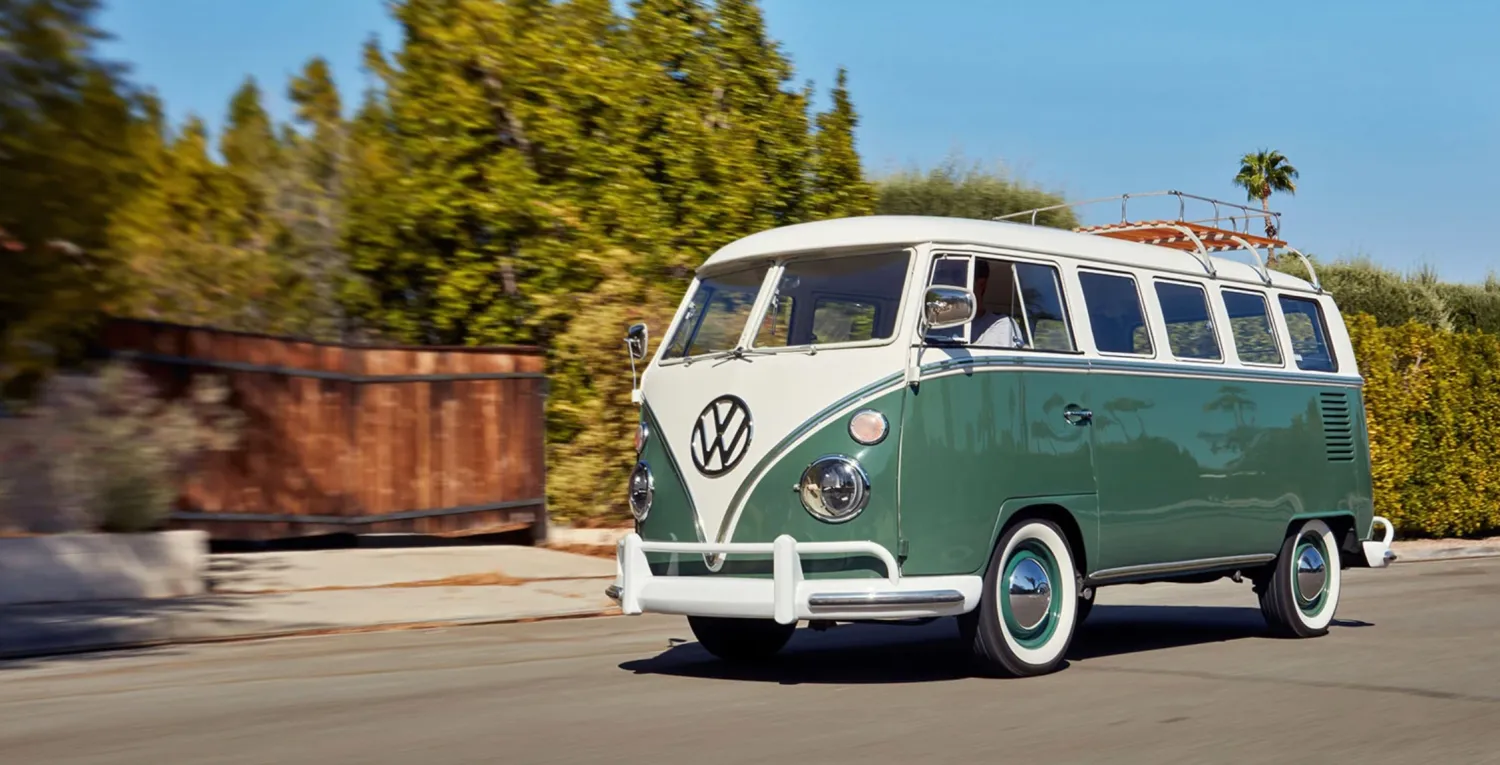The original Volkswagen Bus, also known as the Type 2 or the Microbus, holds a special place in automotive history. Introduced in the 1950s, this iconic vehicle quickly became a symbol of freedom, adventure, and counterculture movements. Its enduring popularity has fascinated generations, transcending its utilitarian design and establishing a unique place in the hearts of millions worldwide. In this article, we will delve into the factors that made the original VW Bus so incredibly popular, from its innovative engineering to its cultural significance.
Versatility and Practicality
One of the key factors that contributed to the original VW Bus’s popularity was its remarkable versatility and practicality. With its spacious interior and configurable layout, the Bus offered a wide range of possibilities. It was a blank canvas, capable of transforming into a camper van, a family transporter, or a delivery vehicle with ease. The rear engine design and rear-wheel drive allowed for a flat floor and maximum interior space utilization, making it an efficient and practical choice for various needs.
VW Bus- Symbol of Freedom and Adventure
The VW Bus became synonymous with freedom and adventure, capturing the spirit of an era. In the 1960s and 1970s, it became a vehicle of choice for the counterculture movement, embodying the ideals of peace, love, and non-conformity. Its association with the hippie movement, popularized by the iconic “Love and Peace” painted buses, made it an emblem of an alternative lifestyle. The Bus represented the desire to break free from societal norms, explore the open road, and embrace a nomadic existence.
Cultural Icon
Beyond its practicality and association with counterculture, the VW Bus achieved cultural icon status through its appearances in various forms of media. It became a familiar sight in movies, TV shows, and music album covers, further solidifying its place in popular culture. The Bus’s distinctive design, with its rounded shape and split windshield, made it instantly recognizable and visually appealing. Its enduring presence in mainstream media contributed to its cult-like following and continued popularity.
Endearing Design
The original VW Bus possessed a design that was both functional and visually appealing. Its charming and timeless aesthetics made it stand out among other vehicles of its time. The friendly face, with its round headlights and prominent VW emblem, exuded a sense of approachability. The large windows provided excellent visibility and a feeling of openness, while the compact size made it maneuverable in urban areas. The simplicity of the design, combined with its unmistakable silhouette, created an emotional connection with its owners and admirers.
Reliability and Ease of Maintenance
The VW Bus gained a reputation for its reliability and ease of maintenance, which contributed to its popularity. The air-cooled engine, located in the rear, was known for its durability and longevity. Its simplicity allowed owners to perform basic repairs and maintenance themselves, reducing costs and fostering a sense of self-sufficiency. Additionally, the availability of affordable spare parts, coupled with a dedicated community of enthusiasts, facilitated the maintenance and preservation of beloved Bus vehicles. This combination made it easier for owners to ensure the longevity and continued enjoyment of their cherished Buses.
The original VW Bus captivated the hearts of millions with its versatile design, cultural significance, and enduring appeal. Its practicality, association with freedom and adventure, cultural icon status, endearing design, and reliability all played a part in its popularity. Even today, decades after its introduction, the VW Bus continues to hold a special place in the automotive world and remains a cultural icon.
Find others that share the same interest in the VW bus on Reddit.
Learn about other collectible, classic cars.
